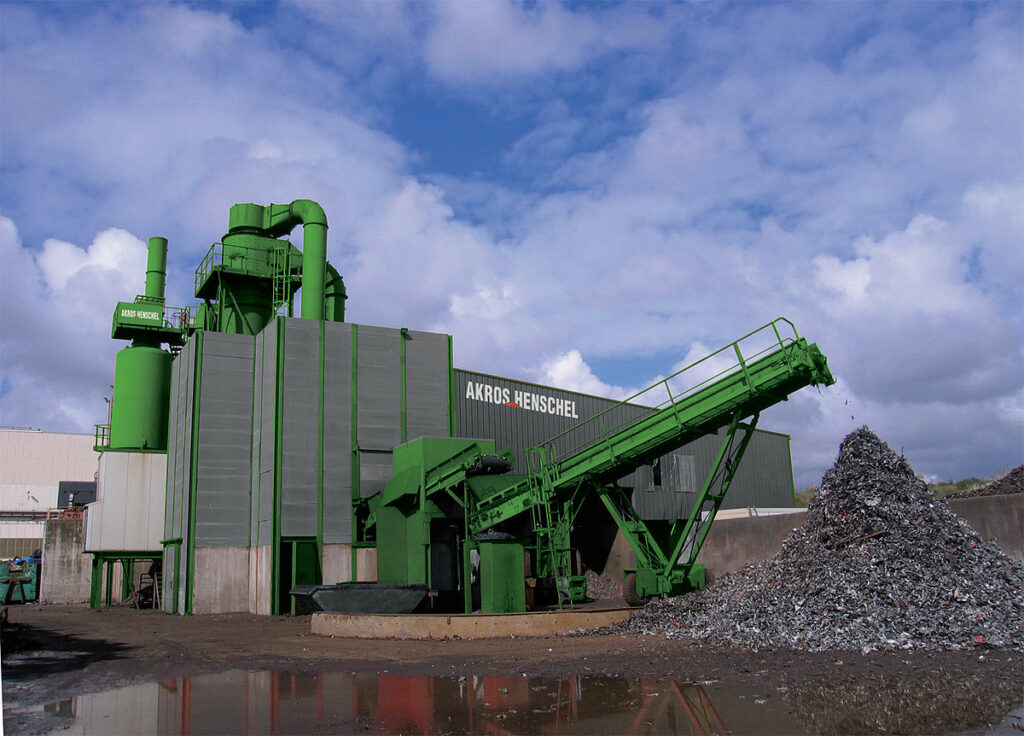Teenagers in Wallonia who live in proximity of metal shredding sites are to be tested to assess the impact of industrial pollution on locals’ health. The tests are part of a study called Biobro launched by the Scientific Institute for Public Service (ISSeP) of the Wallonia-Brussels Federation.
Researchers ensure that there is “no immediate danger to health” from living near a shredder, but there is still a need to preventatively analyse the levels of toxic chemicals being absorbed by local teenagers.
The study will be conducted by professionals from regional Belgian health departments and medical universities across the country.
Ingrid Ruthy, who is leading the project for ISSeP, told RTBF that several studies had revealed that the crushing sites polluted the surrounding areas.
“In recent years, several environmental studies have shown that there was pollution around the sites of the metal shredder, in particular due to the discharge of dust which contains certain pollutants,” the researcher said.
Related News
- Committee points finger at 3M for historic pollution, hints at political responsibility
- Microplastics found in human blood for first time
Industrial crushing sites are responsible for safely disposing of and recycling old cars and household appliances. Many household appliances contain chemicals known to be detrimental to human health, such as PCBs, flame retardant substances, perfluorinated compounds, heavy metals, and PAHs.
Prior studies have led Walloon authorities to order metal shredding companies to install new filtration systems to reduce and diffuse pollutants.
The study has been ordered by the Minister of the Environment of Wallonia Céline Tellier in order to provide a “more precise assessment” of the pollution.
Tellier had previously appealed to the European Commission to harmonise standards for industrial crushers across Europe. Wallonia currently has some of the most stringent standard in Europe, according to the Walloon government.
Testing blood, urine and hair samples
“The rates of impregnation of certain pollutants…will be compared with those measured in the general population in Wallonia and elsewhere. The results will ultimately make it possible to refine, if necessary, the recommendations for reducing the exposure of local populations,” the study explains.
The study will take blood, urine, and hair samples from 500 volunteers between the ages of 12 and 19 who live in certain areas of Namur, Luxembourg, Liège, and Hainaut. According to the researchers, the study will target teenagers as they are “less likely to be exposed over a longer period of time to other hazardous substances, either related to professional life or from doing domestic housework.”
Sampling will take place between March and July, but researchers do not plan to release the results of the study for another two years.

